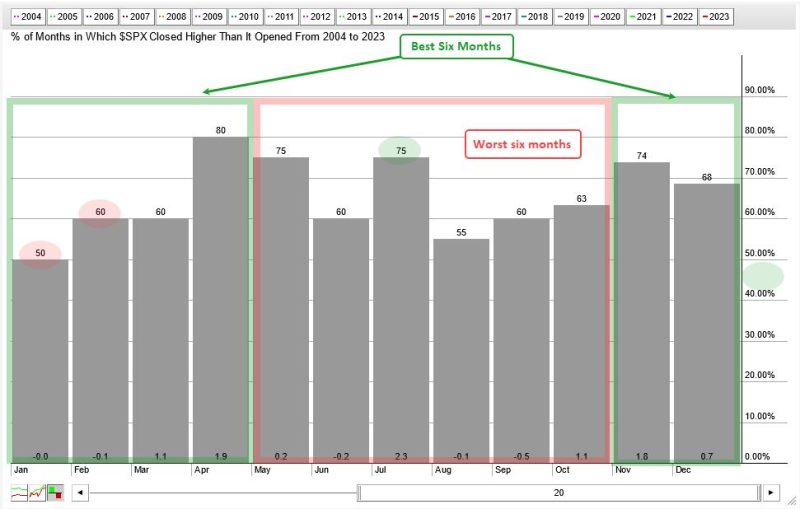Investing in the stock market is a tricky business. There are various strategies and techniques to use in order to maximize returns, but no one strategy works for everyone. One strategy that is often debated is seasonality versus simply market timing. Seasonality involves taking advantage of patterns in the market to make decisions, while market timing is a more direct approach of buying and selling stocks at specific times. There are pros and cons to both techniques, which we will explore in this article.
Seasonality is the study of repeating patterns and trends in the stock market. By recognizing these patterns, investors can potentially gain an advantage by taking advantage of favorable conditions and avoiding unfavorable conditions. For example, many investors believe that certain sectors or industries tend to have higher returns when they enter certain times of the year, such as a retail sale during the holiday season. By studying seasonal patterns, investors can attempt to take advantage of the trend and increase their returns.
One of the main advantages of seasonality is that it allows investors to make decisions without detailed market analysis. Since seasonal patterns tend to repeat themselves, investors do not need to do a lot of research or analysis in order to determine which investments to make. This can be useful for investors who do not have the time or resources to conduct extensive market analysis.
However, seasonality also has its drawbacks. The main issue is that past performance does not necessarily predict future outcomes. While certain patterns may have held true in the past, they may not hold true in the future. As a result, investors could end up making a bad decision if the pattern does not repeat itself. Furthermore, investors may miss out on opportunities if they simply rely on seasonal patterns and do not take the time to analyze the broader market.
Market timing, on the other hand, involves taking a more direct approach to stock market investing. Rather than relying on past patterns or trends, investors buy and sell stocks at specific times in order to maximize returns. Market timing is often used by investors looking for quick profits, as they can buy and sell stocks much faster than with seasonality.
The main advantage of market timing is that it can be a more efficient way to generate profits. By focusing on specific times to enter the market and exit, investors can minimize their losses and maximize their returns. Furthermore, market timing allows investors to be more flexible and react quickly to changing market conditions.
The main disadvantage of market timing is that it can be difficult to get it right. Without in-depth knowledge and experience in the stock market, it can be easy to make mistakes. Furthermore, market timing does not take into account underlying trends and fundamentals, which can be important in determining the long-term success of an investment.
In conclusion, seasonality and market timing are both viable strategies for investing in the stock market. However, there are pros and cons to both approaches. Seasonality offers a more passive approach but may miss out on certain opportunities, while market timing can be a more efficient way to maximize returns but may be difficult to get right. As a result, investors should consider their own risk tolerance and knowledge of the stock market, and determine which approach is best for them.































